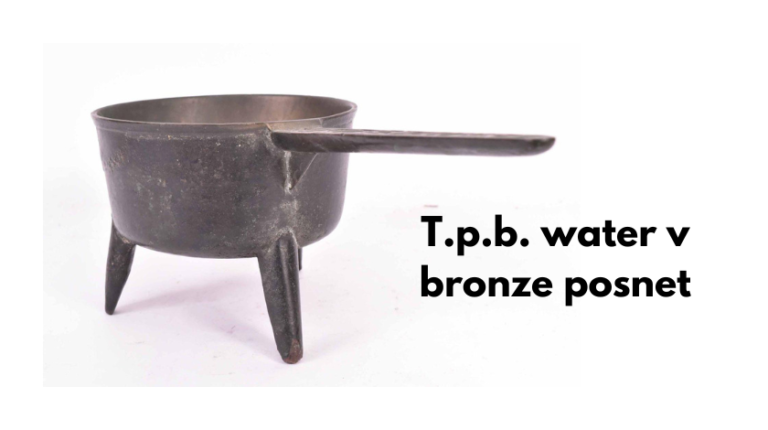When it comes to cookware, the choice between different materials can significantly affect cooking performance, durability, and even flavor. Two popular options are T.P.B. (thermoplastic polybutylene) water cookware and bronze posnets. In this article, we’ll explore the differences, advantages, and disadvantages of these materials, helping you make an informed decision for your kitchen needs.
Understanding T.P.B. Water Cookware
What is T.P.B.?
T.P.B., or thermoplastic polybutylene, is a type of polymer that offers a range of cooking benefits. It’s known for its lightweight nature, resistance to chemicals, and high heat tolerance, making it suitable for various cooking applications.
Benefits of T.P.B. Cookware
- Lightweight: T.P.B. cookware is easy to handle, making it ideal for everyday cooking.
- Chemical Resistance: This material does not react with acidic or alkaline foods, preserving the taste and quality of your dishes.
- Durability: T.P.B. is resistant to scratches and dents, ensuring a longer lifespan.
- Heat Tolerance: It can withstand high temperatures without warping or degrading.
Disadvantages of T.P.B. Cookware
- Non-Traditional Feel: Some chefs prefer the traditional weight and feel of metal cookware.
- Limited Heat Conductivity: While T.P.B. can handle heat well, it doesn’t conduct heat as evenly as metal options, which might affect cooking consistency.
Exploring Bronze Posnet Cookware
What is a Bronze Posnet?
A bronze posnet is a type of pot traditionally made from bronze, an alloy primarily composed of copper and tin. This cookware is known for its excellent heat retention and unique aesthetic appeal.
Benefits of Bronze Posnet Cookware
- Excellent Heat Conductivity: Bronze heats evenly, allowing for precise temperature control while cooking.
- Aesthetic Appeal: The rich color and sheen of bronze add a touch of elegance to any kitchen.
- Durability: Bronze is a tough material that can last for generations if properly maintained.
- Natural Non-Stick Properties: When seasoned correctly, bronze can offer natural non-stick benefits.
Disadvantages of Bronze Posnet Cookware
- Weight: Bronze cookware can be quite heavy, making it more cumbersome to handle, especially for larger pots.
- Cost: Bronze cookware is often more expensive than other materials, reflecting its craftsmanship and durability.
- Maintenance: Bronze requires regular polishing and maintenance to prevent tarnishing and maintain its appearance.
Comparing Performance
Cooking Efficiency
When comparing T.P.B. water cookware and bronze posnets, consider your cooking style:
- T.P.B. Cookware is great for everyday tasks where lightweight and easy handling are priorities. However, it may not deliver the same level of heat distribution as bronze.
- Bronze Posnets excel in situations where precise temperature control is necessary, such as making sauces or sautéing, due to their superior heat conductivity.
Maintenance and Care
- T.P.B. Cookware is generally easier to clean and maintain since it’s resistant to scratches and stains.
- Bronze Posnets, while durable, require more effort to maintain their luster and prevent tarnishing.
Conclusion
Choosing between T.P.B. water cookware and bronze posnets ultimately depends on your cooking preferences, budget, and the type of dishes you frequently prepare.
- If you prioritize lightweight, easy-to-use cookware that’s resistant to stains and scratches, T.P.B. may be the better choice for you.
- On the other hand, if you value traditional craftsmanship, superior heat conductivity, and an elegant aesthetic, a bronze posnet could be a worthy investment.

